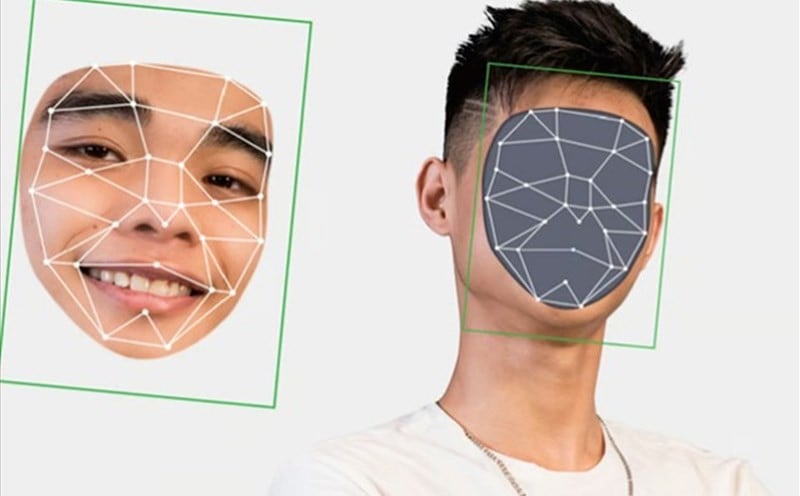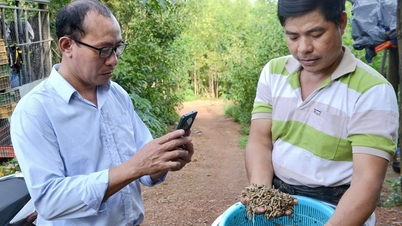 |
| Scammers use deepfake videos to gain more trust from their victims. |
Scammers use social media accounts (Facebook, Zalo, etc.) to lure victims into clicking on links containing malware. The most common tactics used by these fraudsters are asking people to register to vote on their behalf or sending gifts.
After the victim accesses the links, malware spreads on their computer and collects information to provide to the hacker, who then takes control of their social media account. The perpetrators will use the compromised account to message relatives on their friend list, asking to borrow money or requesting money transfers to their bank account.
The key difference is that the scammers will send account information with names matching those of the social media account owner to gain the victim's trust and get them to transfer money. Furthermore, the scammers may even use deepfake videos to further convince the victim.
To avoid this type of scam, users need to be extremely vigilant and always verify the identity of relatives before transferring money by calling the phone number directly. Users should not verify identity through messaging apps or video calls on social media platforms.
In particular, users should absolutely not take photos of card information or send OTP security codes through any messaging app, website, or to anyone (including those claiming to be bank employees).
Furthermore, users are not allowed to provide personal information, identification documents, or bank account information to anyone. Banks state that they never ask customers to provide such information.
Source














































































































Comment (0)